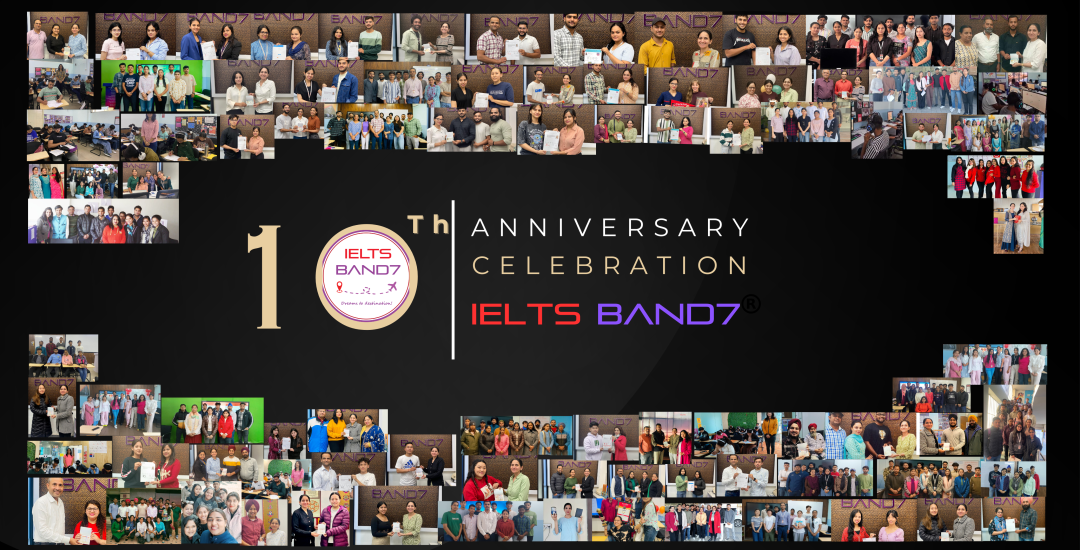IELTS Reading Sample # Truth About Kids
Source : http://www.timeforkids.com/news/truth-about-kids-and-tech/304976
The Truth About Kids and Tech
It should come as no surprise (an unexpected or astonishing event, fact, etc.)that kids are spending a lot of time in front of screens. According to a new study, tweens (a girl ages about 9-14…too old for toys, but too young for boys)from 8 to 12 years of age spend an average (a number expressing the central or typical value in a set of data, in particular the mode, median, or (most commonly) the mean, which is calculated by dividing the sum of the values in the set by their number)of four-and-a-half hours each day watching (look at or observe attentively over a period of time)TV or using a digital (expressed as series of the digits 0 and 1, typically represented by values of a physical quantity such as voltage or magnetic polarization) device (a thing made or adapted for a particular purpose, especially a piece of mechanical or electronic equipment). For teens 13 to 18, the average is six-and-a-half hours. But those numbers hide a bigger, more complex (consisting of many different and connected parts)picture.
Common Sense Media, a nonprofit group focused (directing a great deal of attention, interest, or activity towards a particular aim)on helping children, parents and teachers better understand media and technology, conducted the study. It looked at a wide range of media-related (the main means of mass communication (television, radio, and newspapers) regarded collectively)activities, from old methods (a particular procedure for accomplishing or approaching something, especially a systematic or established one)like reading and listening to the radio, to new favorites like using social media and video chatting. More than 2,600 kids from around the country were surveyed (look closely at or examine (someone or something)). Here are some truths—and some myths—that the study revealed:
Truth 1: Some teens spend too much time looking at screens.
One in five tweens uses more than six hours of screen media each day, and 18% of teens are looking at their screens for more than 10 hours a day. Often they’re doubling (become twice as much or as many)up on screens, watching television on one while chatting (talk in a friendly and informal way)with friends on another.
Myth 1: This is the end of reading.
While the average time young people spend reading, either in print or on a screen, is only 30 minutes per day, kids who took the survey say reading is one of their favorite (preferred to all others of the same kind)activities.
Truth 2: Boys prefer video games; girls prefer social media.
Among tween boys, 71% enjoy playing video games, twice as many as tween girls. And while more than 25% of teen boys list playing video games as their favorite media activity, only 2% of teen girls do. Teen girls, meanwhile, spend about 40 minutes more each day on social media than boys do.
Myth 2: TV and music have been muscled out.
For tweens, TV is still the top media activity. They enjoy it the most and watch it every day. In fact, 47% of tweens have television sets in their bedrooms (a room for sleeping in). For teens, while 57% have TV sets in their rooms, music is the reigning form of entertainment (a room for sleeping in). However, only about a third listen to music on the radio. Most teens listen to it on their smartphones (a mobile phone that performs many of the functions of a computer, typically having a touchscreen interface, Internet access, and an operating system capable of running downloaded apps).
Truth 3: Gamers don’t get out as much as kids who don’t play video games.
Kids report spending about an hour each day being active. For gamers, that average drops to 47 minutes, the lowest for any kind of media consumer (a person who purchases goods and services for personal use). Social media users are the most active, spending one hour and 13 minutes per day doing some form of physical activity.
Myth 3: The Digital Revolution is making young people more creative than ever.
So far, kids are too busy consuming ( completely filling one’s mind and attention; absorbing)to be doing much producing. Tweens spend an average of five minutes and teens nine minutes per day making something with all their digital tools, whether it’s art, music, or writing.
In a statement, Common Sense Media chief executive officer James P. Steyer said that study “provides parents, educators and the media industry (economic activity concerned with the processing of raw materials and manufacture of goods in factories)with an excellent (extremely good; outstanding) overview (a general review or summary of a subject)of what kids are doing today and how we can make the most of the media (the main means of mass communication (television, radio, and newspapers) regarded collectively)and technology (the application of scientific knowledge for practical purposes, especially in industry)in their lives.”
